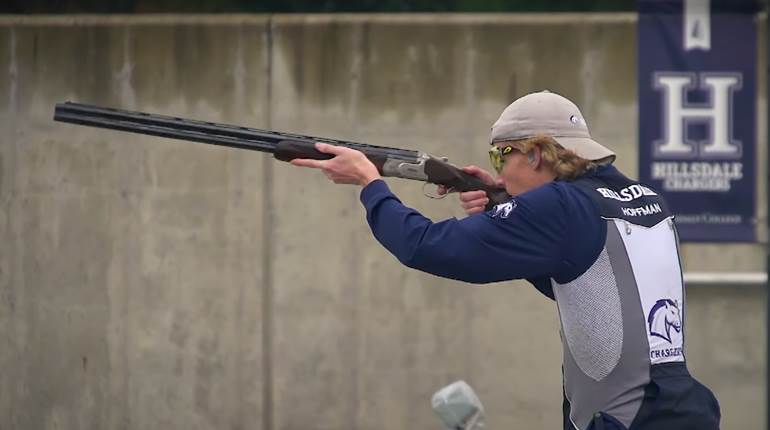A century ago, American soldiers, men in the American Expeditionary Force (AEF), were arriving in France at the rate of 10,000 a day. Even though United States entered the Great War in April 1917, it took time to build an American army, an army that would soon be engulfed in the horrors of trench warfare.
The American Rifleman TV crew was on the ground at the American Battlefields in France. We visited Verdun, Belleau Wood, Chateaux-Chierry and Chateaux-Thierry. And we visited the thousands of Americans still there, men who gave their lives to make the world safe for democracy. These men’s remains are now respectfully cared for by the American Battle Monuments Commission.
And we start our story, the story of the American men and the guns they used a century ago, at Verdun, the scene of 300 days of combat between the French and the Germans.
This is what the young men from all over the United States were walking into—the horror of Verdun, where towns and villages were literally wiped off the map, and the very shape of the earth changed by high explosive artillery. And you can see in this web-exclusive video featuring Field Editor Martin K. A. Morgan, just what that artillery did to the village of Fleury. 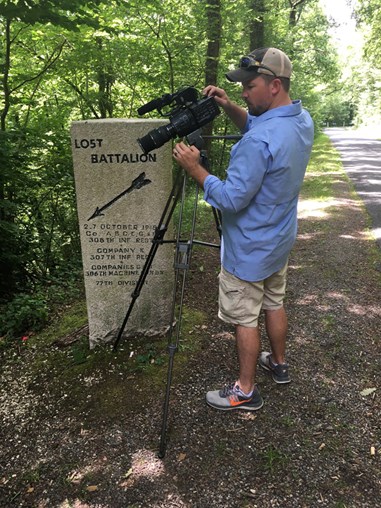
The American Rifleman Television crew walked in the footsteps of the Doughboys who fought and died in France a century ago. One of the most difficult battles was fought by a group of Americans cut off and surrounded behind enemy lines. They refused to surrender, and today we know them as the "Lost Battalion."

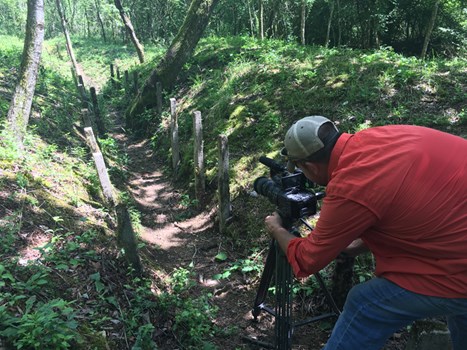
A century later, the trenches that traversed France and Belgium, can still be seen at places like Verdun. Machine guns, water cooled and belt fed, forced soldiers underground for four long years.
Tonight begins American Rifleman TV‘s eight part series “Over There!“ This first episode will give the background of what the AEF faced in a network of trenches that ran from the Swiss border to English Channel.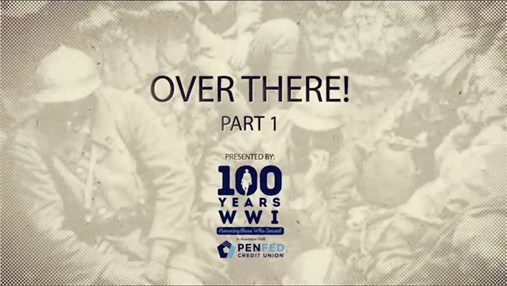
In each episode we will walk the ground where a generation of Americans fought and died. We will tell you some of their stories, their heroism and sacrifice, and we will show you the guns that were used. We will put them in context, using our panel of historians, rare archival film, photos of the men, and live fire footage of the guns.
This season, the American Rifleman TV crew combined historical footage, archival still photos, interviews with historians and live fire with the rifles, handguns and machine guns used by the Americans who fought the Great War.

Today, 30,973 Americans who fought in World War I remain in the ground on which they fell. They are in the care of the American Battle Monuments Commission, which honors and respects their sacrifice. And the ABMC helped American Rifleman Television tell their story. Two Americans that remain for eternity with their comrades are poet Joyce Kilmer—who served in 42nd Rainbow Division and Marine Pvt. Alexander Beavers—who was killed on the last day of the "War to End All Wars."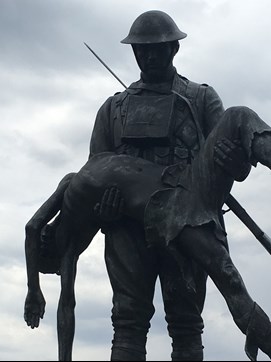
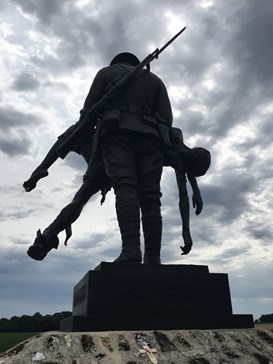
The 42nd "Rainbow" Division monument stands near at the ruins of Croix Rouge farm, where the 42nd, which included men from Ohio, New Your, Iowa and Alabama, fought a battle won only at the point of the bayonet.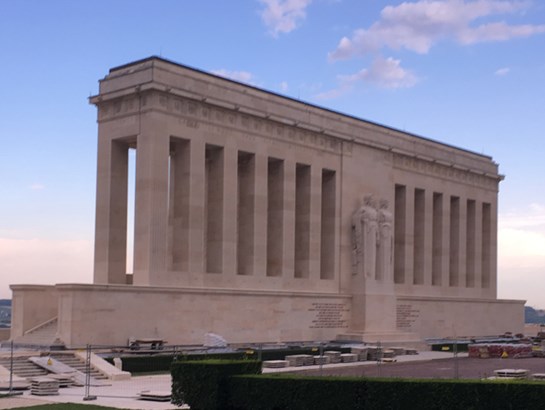
Designed by Paul Cret, the American monument at Chateau-Thierry stands in tribute to the American who fought in World War I. From it, one can see where the American Third Division stopped the German drive on Paris in 1918, earning the nickname the "Rock of the Marne."
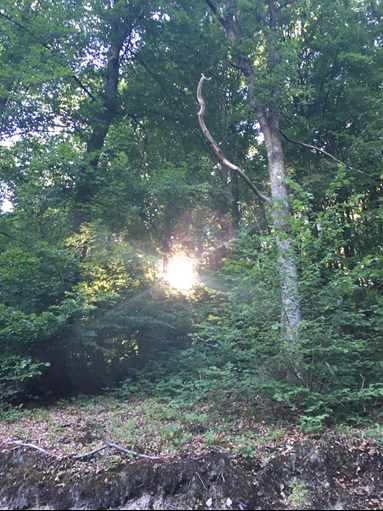
The Meuse-Argonne was an American battle, fought by American soldiers under the command of Gen. John J. "Blackjack" Pershing. Here, near Chateau-Chierry, the sun pokes through the gloom on the hill where Sgt. Alvin York fought his extraordinary Medal of Honor action.
In "Rifleman Review" we look at Ruger's SR1911 in 10 mm; and the Beretta Model 38 submachine gun is our "I Have This Old Gun."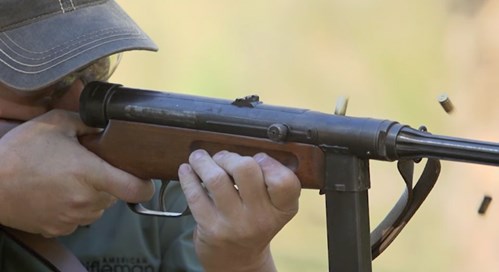
Watch a preview of tonight's episode here, and be sure to tune in on Wednesdays to the Outdoor Channel for the full episode.



